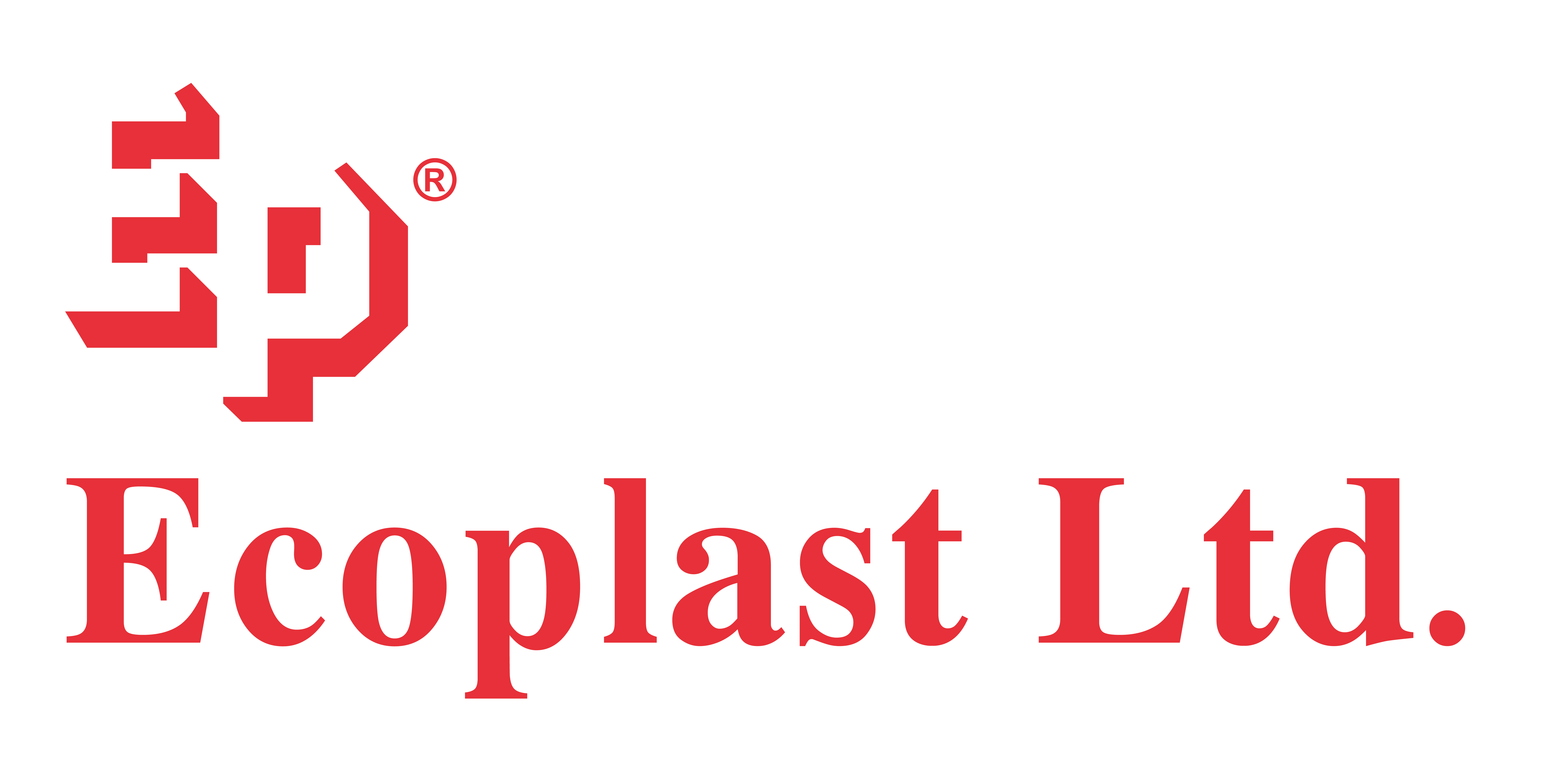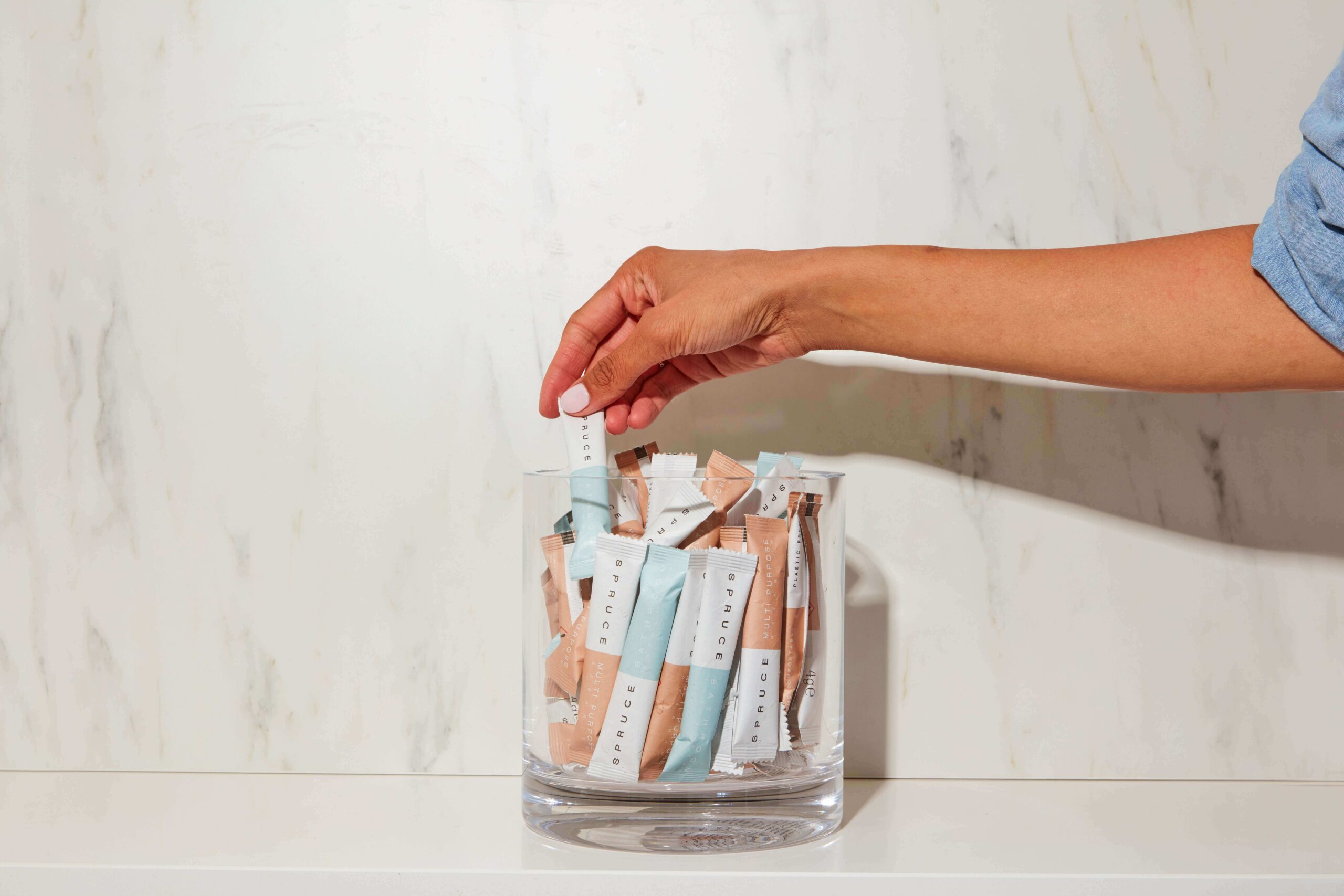Telling Facts From Fiction: Myths About Sustainable Packaging
Industries today are soaring to newer heights with every innovation introduced to the market. As such, the markets are crowded with an impressive amount of data. While this information facilitates the art of effective decision-making for consumers and businesses alike, it brings with it an attention-worthy problem – that of misinformation. With an influx of information, especially in the world of the Internet, it becomes difficult to determine how much of what we read and hear is accurate, and how much is meant to trick us into believing false truths.
The rise of flexible packaging has opened up new avenues for the sustainable packaging industry to take the lead as well. But, being a technologically-driven sector, there is a lot of information about its products and the ways of the industry that usually gets lost in translation. To help keep you well-informed, here are some fascinating facts and statistics that vouch for the rising popularity of sustainable packaging, along with the myths that you must be aware of.
Sustainable Packaging Facts
1. The global sustainable packaging market size was valued at USD 274.15 billion in 2020 and is expected to grow at a compound annual growth rate (CAGR) of 6.1% from 2020 to 2028. (Grand View Research)
2. According to Trivium Packaging’s 2021 Global Buying Green Report, 83% of consumers among younger generations showed a willingness to pay more for sustainable packaging.
3. More than half (54%) consider sustainable packaging when selecting a product – younger consumers (44 years and younger) are leading the charge.
4. Adjusting the packaging for one of IKEA’s products by 50% resulted in savings of 1.2 million Euros per year.
5. A 2019 survey by Accenture found that 72% of respondents said they are buying more eco-friendly products than they were 5 years ago, and 81% said they expect to buy more sustainable products over the next 5 years.
Now that we have clarity on the imminent growth of the sustainable packaging industry, let’s move on to some of the myths about eco-friendly packaging.
Top 5 Common Myths About Sustainable Packaging
1. Myth: Sustainable packaging comes at a heavy price
Fact: If implemented correctly, sustainable packaging can bring in a treasure trove of profits
One of the most common myths about packaging in terms of sustainability, is that it is an expensive affair. Any and every change for the better comes with a small price, but this one is fairly affordable. While the cost of initial packaging might be slightly higher than the other options, it proves to be a great investment in the later phases of a product life cycle. How? Consumers are now looking for the sustainability feature in products and are willing to pay an extra price. In a study, 55% of its respondents stated that they would spend at least 5% more on a product if it was contained in sustainable packaging. This helps businesses create products that are more aligned with what the consumer wants, while also contributing to a greater cause.
Moreover, the extra bit that businesses spend initially is easily covered during the storing, shipping, and transportation phases. Sustainable packaging involves moving away from excess packaging and optimizing the use of materials used. Ultimately, this helps firms save on material and transportation costs.
2. Myth: Sustainable packaging means recyclable packaging
Fact: Sustainable packaging is an umbrella term for several eco-friendly packaging measures
Another important misconception about packaging is that recyclable packaging is synonymous with sustainable packaging. Yes, recycling strategies are a part of sustainable packaging, but there is more to it. However, when it comes to sustainability in its truest sense, firms have to now consider the entire product life cycle and not simply the post-consumer strategies like recycling. The conscious choices made at the designing phase to reduce the use of materials and eliminate the possibility of excess packaging are also a part of sustainable solutions.
Other processes need to be relooked as well to verify whether they can be modified to better fit into the eco-friendly bracket, for example, the manufacturing process, the manufacturing and transportation phase, and so on. Every little change made in the product design can make a great difference when it is finally produced in bulk.
3. Myth: There are many presentation limitations with sustainable packaging
Fact: There’s plenty of room for creativity in terms of shapes, sizes, colors, and designs
With the new-age flexible packaging, the possibilities are endless. Businesses and manufacturers have a variety of materials to choose from. To make matters merrier, most of these options can be tailored to best protect a product. The packaging also comes in a range of sizes, shapes, colors, and patterns. The fact that it can be customized according to the dimension of the product ensures reduction in excess packaging, ensuring less wastage in landfills.
Moreover, manufacturers have the liberty to get creative with flexible packaging as well. The packaging can be made to look incredibly appealing. In addition, the brand logo and tagline can be easily printed on many materials, enhancing brand visibility and recognition. Transparent packaging also plays its part in establishing trust in a brand as the consumers see what they are spending on.
4. Myth: Only today’s youth is concerned about human impact on the environment
Fact: Individuals of all ages are doing their bit to keep the earth ever-green
For decades now, individuals of all ages are making active efforts to contribute to protecting the environment. Some people have dedicated years of great work and expertise to come up with ways to bring consumers convenience and comfort, but not at the cost of the environment. Consumers of all ages across the globe are making more conscious choices about the products they buy and the services that they avail, and the number of people contributing to the cause is only rising by the hour.
Even when one takes a look at the leading environmentalists, it involves people from different generations and different countries, all fighting for one common cause – from Greta Thunberg to Vandana Shiva to Pierre Rabhi. Baby Boomers, Generation X, and Gen Z are doing their part to preserve earth’s natural resources, keeping it a beautiful and safe home for the generations to come.
5. Myth: One person cannot make a difference
Fact: It is a great start
Making significant efforts on an individual level can have a significant impact when it comes to preserving the environment. In addition, you also end up influencing the people around you. One sincere gesture becomes a source of inspiration for many observers, and that goes on to multiply. Before you know it, there’s an entire conscious community working actively together towards bringing bigger and better changes.
As a citizen of the planet first, one must never hesitate to do their bit. No matter how small the effort is, it is never insignificant. It adds to a bigger picture and is a step closer to a greener, cleaner tomorrow.
Ecoplast Ltd, One Of The Leading Packaging Films Suppliers In India
Get excellent packaging solutions for your products with Ecoplast India. With 40 years of experience, we are one of India’s largest suppliers of multilayer co-extruded polyethylene and co-polymer films to the flexible packaging industry as well as a variety of other specialty applications across the globe. We offer a comprehensive line of surface protection films for Stainless steel, UPVC, Aluminium Composite Panels, Aluminium sections/profiles, PVC and Carpets, and more. Here are our key offerings:
-EcoGen™ (Lamination Films)
-EcoProtect™ (Surface Protection Films)
-EcoBond™ (Adhesive Films)
Browse through our premium packaging films online, and select the ones that best suit your requirements. For any further queries, contact us at: +91-22-2683 3452 / +91-22-2683 1403, or drop an email at: [email protected]


Recent Comments